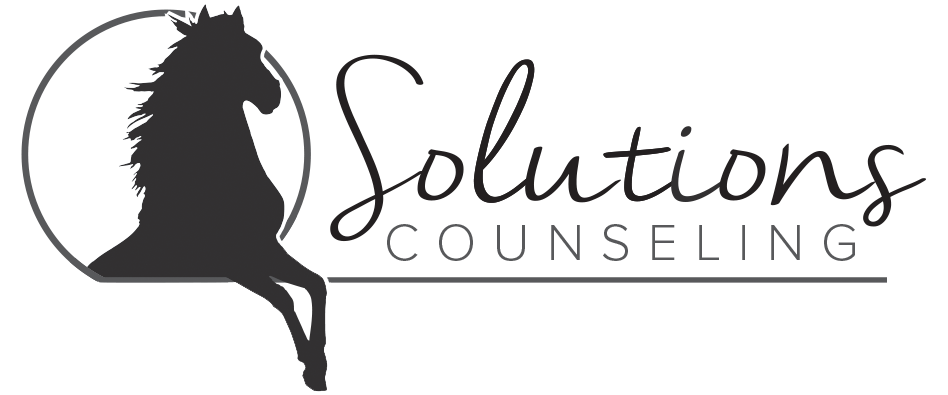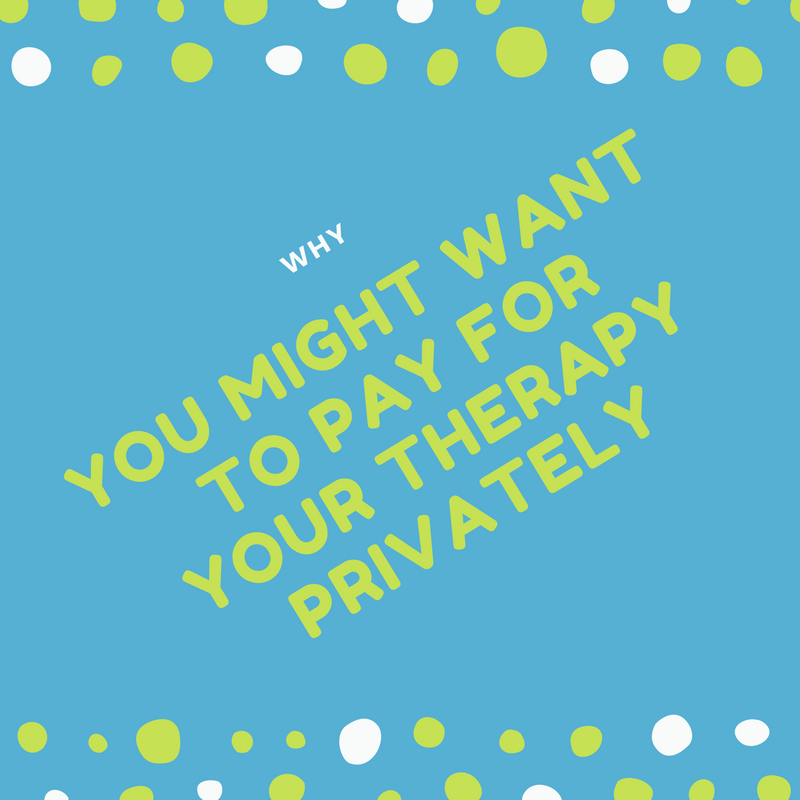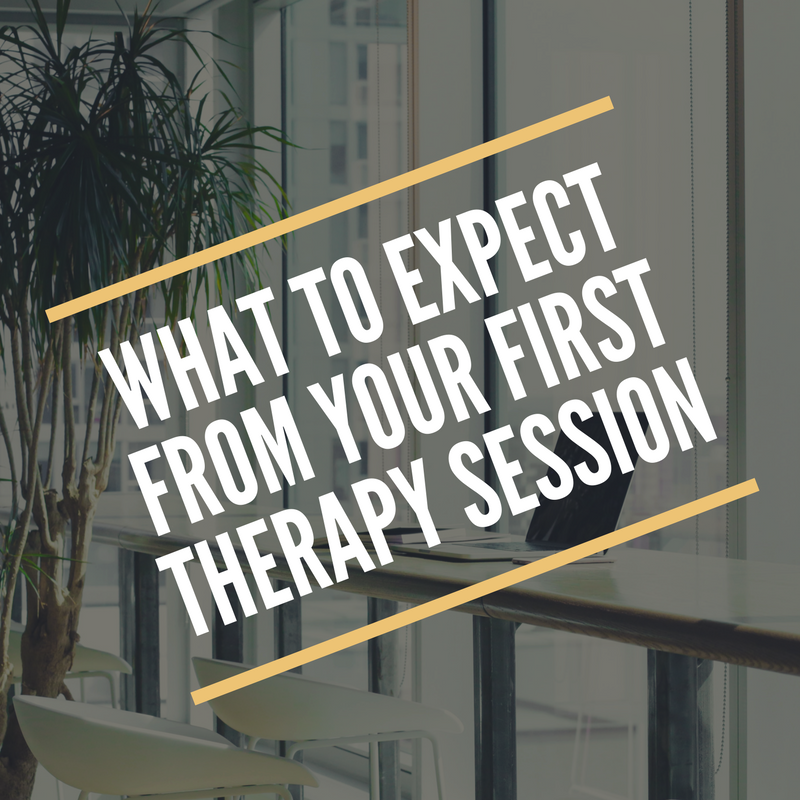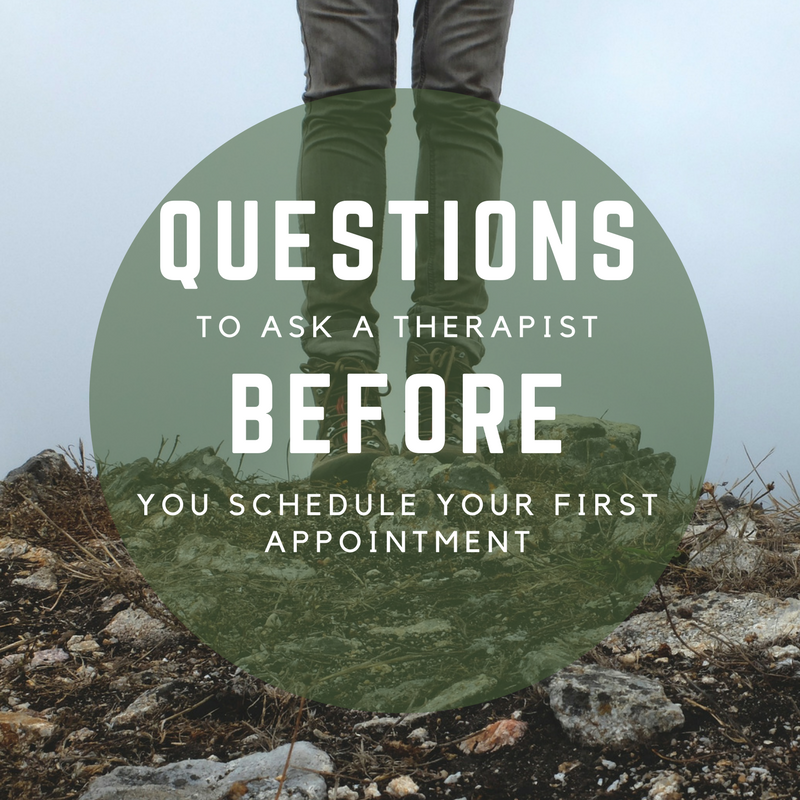Simple Options to Manage Your Chronic Pain
/Wouldn’t it be nice to have a few quick options to help you take the edge off your pain? There are a couple easy things that you can do to reduce your pain and bring comfort into your body.
Focus On Your Breathing:
Did you know that changing your breathing can reduce your pain? When you focus on how you are breathing, you turn your attention inward allowing you to gain control over the pain signals in your body. When you are experiencing pain, there is a tendency to hold your breath or to breathe in quick, shallow breaths. Both options are depriving your body of oxygen, contributing to the discomfort you feel in your body.
Deep breathing, the kind that fills out your chest and pushes your stomach forward, provides a natural relaxing sensation throughout your body. As your body relaxes, it releases endorphins which are the body’s natural feel good chemicals. These endorphins allow you to relax leading to a decrease in pain intensity and increase in comfort.
To practice deep breathing for pain reduction, simply sit or lay down in a comfortable position. Close your eyes and pay attention to your breathing. Try breathing in slowly to the count of three and then exhaling slowing to the count of three. Just notice which parts of your body are moving as you breathe. Notice if your shoulders are moving up and down with each breath or if your chest is expanding and your abdomen is moving as you breathe. Just by focusing your attention on your breathing, you are sending messages to your brain to release those feel good chemicals and help you to replace pain with comfort.
Use Your Imagination:
Does relaxing on a beach in the summer sun with a cool breeze bring you feelings of comfort? Does soaking in a warm bath soothe your nerves and ease your discomfort? Using your imagination is an easy way to convince your mind that it feels good. When it believes that it feels good, it sends signals throughout your body increasing your comfort and helping you to alleviate pain that you may be experiencing.
Close your eyes, take a couple of deep relaxing breaths and imagine a place or time where you felt relaxed, comfortable and pain free. If you cannot remember a specific place, make up a setting that you believe would bring you comfort. Use your imagination to incorporate all of your senses to help bring that setting to life. See yourself in that setting, relaxed and feeling good. Hear soothing sounds in the background, whether it is the sound of a bubbling brook or your favorite music. Experience the perfect temperature on your body to bring you comfort. Some enjoy sensations of warmth while others prefer cooling sensations. Use your imagination to incorporate pleasing smells and tastes such as the scent of flowers or the taste of your favorite beverage. To increase the effectiveness of your visualization activities, you can play soothing music in the background, use aromatherapy candles or adjust the temperature in the room to help support the visualization you have of the most comfortable, pain-free environment you can imagine.
Give these tools a try. If you find these helpful, please share them with others. If you would like more help, please reach out to Misti at Solutions Counseling.
























